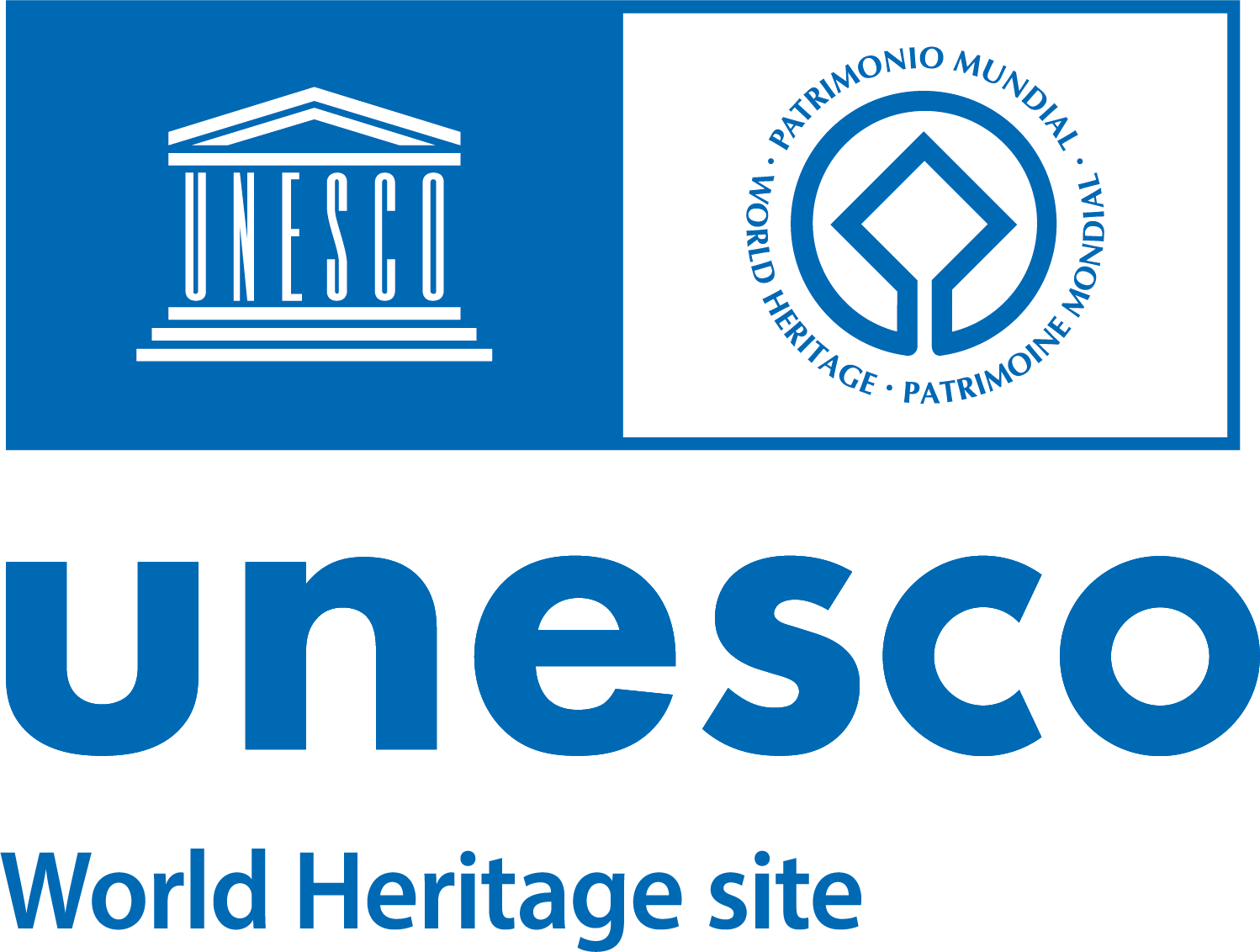Built by Pope Leo IV (847-855) in the 9th century to protect the Vatican area after the sacking of St Peter’s Basilica in 846, the Vatican Walls stretch for about three kilometres, incorporating into their course Hadrian’s Mausoleum (Castel Sant’Angelo), which had already been converted into a defensive bulwark in the 6th century.
The walls, 4 metres thick at the base and 6 metres high, were made entirely of brickwork curtain wall with a patrol walk defended by battlements.
At the time of Leo IV, the area, still scarcely urbanised, was outside the ancient city walls built by Aurelian and Honorius, which, on the right bank of the Tiber, exclusively protected the area between Porta Portuense and Porta Settimiana.
The construction under Pope Leo, completed in only four years, was inaugurated with a ceremonial procession on 27 June 852 in the presence of the most important city and ecclesiastical hierarchies. On that occasion, the pope walked the entire circuit barefoot and stopped to bless the only three existing access gates: Porta San Pellegrino, Porta Posterula de’ Saxoni and Porta Santo Spirito.
Over time, for the sake of security, the walls were enlarged several times and reinforced with new towers at the most exposed points. Some of the gates of the Civitas Leonina were closed, others built ex novo, such as Porta Pertusa, Porta Fabrica and Porta Turrionis, all dating back to the pontificate of Nicholas V (1447-1455).
From the 16th century, the threat of the Turkish invasion and the sacking of the city by the troops of Charles V (1527) made it necessary to implement a general plan to strengthen the city’s defence system. This meant adding eighteen bastions at regular intervals along the Aurelian walls and five, never completed, along the Vatican walls. Evidence of these works, which can be traced back to the pontificate of Pope Paul III (1534-1549), are the unfinished Porta Santo Spirito and the majestic Farnese coat of arms placed on the corner of the bastion between Viale Vaticano and Via Leone IV.
The project, initially entrusted to Antonio da Sangallo the Younger (1483-1546), was continued, twenty years after the architect’s death, by Pope Pius IV (1559-1565) as part of a broader urban plan for the Borgo that continued also during the pontificates that followed.
With the enlargement by Pope Pius IV, under the direction of the Cortona architect Francesco Laparelli (1521-1570), part of the Leonine layout was incorporated into the new enclosure, and the Porta San Pellegrino, which by then had lost its function, was replaced with a new entrance, Porta Angelica. The Passetto di Borgo, by then inside the expansion by Pius IV, was also heavily altered with the addition of archways connecting Borgo Sant’Angelo with the new Borgo Pio, Vittorio and Angelico.
After the Unification of Italy, large sections of the Leonine and Borgo walls were demolished, due to the new needs of the Capital City of Rome. Porta Cavalleggeri and Porta Angelica were demolished and the architectural fragments relocated nearby. Also lost was the section of Pope Pius IV’s wall near Prati, along today’s Via Porcari and Via Alberico II, sacrificed to build the new Umbertine district.

with St. Peter’s Basilica in the Background, 1874, ante, watercolour on
cardboard






2. F. CICCONETTI, View of the Leonine Walls and the Basilica of St. Peter’s Basilica, 1874, ante, watercolour on cardboard
3. F. CICCONETTI, Plan and elevation of Castel Sant_Angelo, 1874, ante, watercolour on cardboard
4. G. FAMMILUME, View of the Corridore Walls, 1940, watercolour on paper
5. G. B. COLAMEDICI (attr.), Porta di Pio IV in the Passetto di Borgo, 1868 – 1869, photographic print
6. L. RICCIARDELLI, View of the Vatican Walls, 1833, etching
7. G. FAMMILUME, Arch of the Corridore on Vicolo del Mascherino, 1941, watercolour on paper.

